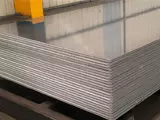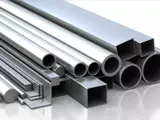Car Dictionary
ABS: An acronym for Anti-lock Breaking System. This technology prevents the wheels of a car from locking up during braking, allowing the driver to keep steering control and stop more quickly in emergency situations.
Airbag: A safety device in a car that inflates during an accident and helps to protect the driver and passengers from potentially serious injury.
Automatic Transmission: A type of transmission that changes gears automatically, allowing the vehicle to be driven without the use of a clutch pedal.
Axle: A type of part of a car that connects the drive wheels to the engine, typically found on rear-wheel-drive vehicles.
Battery: A device that stores electrical energy and provides power to a car’s electrical system.
Catalytic Converter: A type of emissions control device that helps reduce harmful exhaust emissions from a vehicle.
Clutch: A device in a vehicle that engages and disengages the power from the engine to the transmission.
Diagnostics: The process of identifying and resolving technical problems in a car using specialized equipment.
Fuel Injection: A type of fuel delivery system that uses injectors to precisely control the amount of fuel delivered to the engine.
Ignition: An electrical system in a vehicle that creates a spark to start the engine.
Oil Filter: A type of device that filters pollutants and debris from the engine oil to keep it clean.
Power Steering: A type of steering system that uses hydraulics to make it easier to turn the steering wheel.
Radiator: A device used to cool the engine of a car by circulating coolant through its components.
Starter: A device in a car that starts the engine by supplying electrical power to its ignition system.
Tune-up: A process of inspecting and replacing worn or damaged parts in a car’s engine to improve its performance.
Valve: A device used in an engine’s cylinder to control air and fuel intake, as well as exhaust.
Windshield Wipers: A type of device used to clear away rain, snow, and other debris from a vehicle’s windshield.






